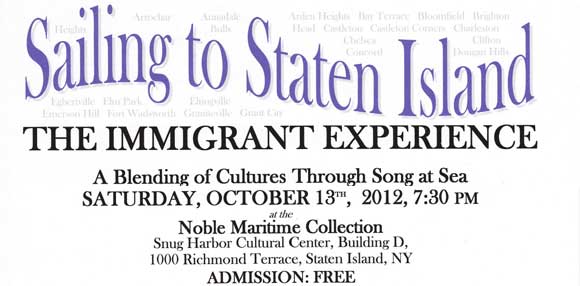
Prince Roy and Princess Joan
Patrick Roy Bates, better-known as Prince Roy of Sealand – the title he awarded himself – died earlier this month at the age of 91 in Leigh-on-Sea,Essex, UK. In 1967, Major Roy Bates, a veteran of WWII, occupied a derelict concrete offshore WW2 anti-aircraft gun platform off the east coast of England. He declared it the Principality of Sealand. Being only about half the size of an Olympic swimming pool, Bates declared it to be “the world’s smallest independent state.” He also declared himself “His Royal Highness, Prince Roy of Sealand.” His son was dubbed Prince Michael, and wife and daughters became Princesses Joan and Penny. The new principality is in international waters about seven miles off the coast of the British container port of Felixstowe. Thanks to Alaric Bond for passing the news along.

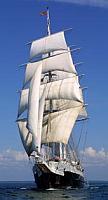 Today, on the 207th anniversary of
Today, on the 207th anniversary of 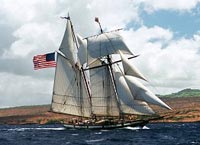 To commemorate the 200th Anniversary of the War of 1812, the
To commemorate the 200th Anniversary of the War of 1812, the 
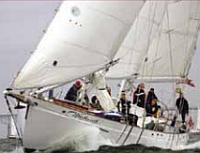
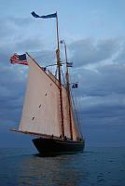 In the 22nd
In the 22nd 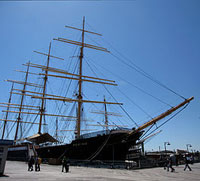 On Friday,
On Friday,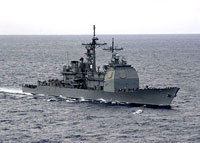
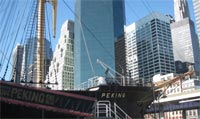

 Francesco Schettino, captain of the
Francesco Schettino, captain of the  The
The  Congratulations to Richard Bailey who has been appointed captain of the
Congratulations to Richard Bailey who has been appointed captain of the 